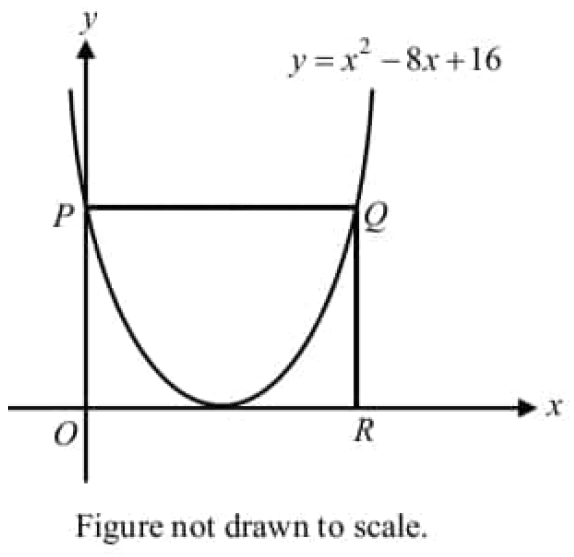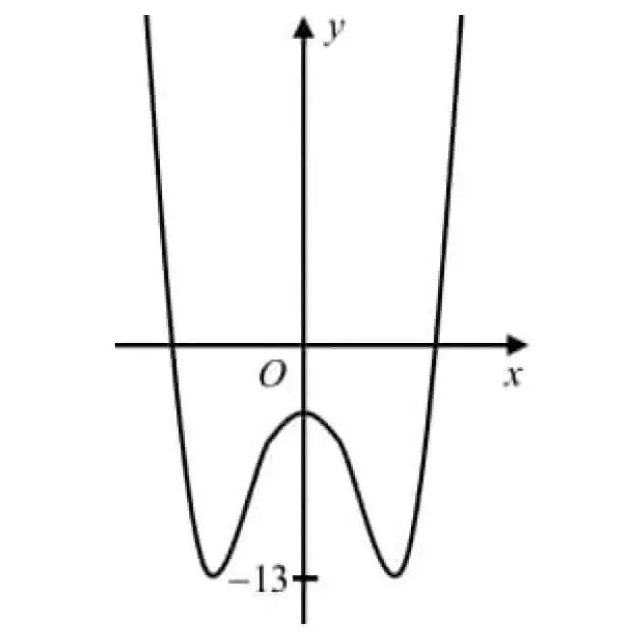PURE AND MIXED SURDS
Pure Surd :
A surd which has unity only as a rational factor the other factor being irrational is called pure surd.
In other words, a surd having no rational factor except unity is called pure surd or complete surd.
Examples :
√3, √5, 3√7, 4√5
Mixed Surd :
A surd consisting of the product of a rational and irrational is called mixed surd.
Examples :
2√3, 7√5, 53√7
Let 'y' be a rational number such that y ≠ 0 and n√z be a surd. Then, yn√z is a mixed surd. If y = 1, then it is pure surd.
All mixed surds can be written as pure surds. But, converse of this statement is not necessarily true. That is, we may not be able to write all pure surds as mixed surds.
Some pure surds can be written as mixed surds and some can not.
For example, the following pure surd can not be written as a mixed surd.
√3
Since '3' is not a multiple of a perfect square, we can not write this pure surd as a mixed surd.
The pure surd √50 can be written as a mixed surd. Because 50 is a multiple of the perfect square 25.
√50 = √(25 x 2) = 5√2
The pure surd √50 is written as a mixed surd 5√2.
Note :
To know whether a number is a multiple of a perfect square, decompose the number into its prime factors and check.
Examples 1-4 : Express the following mixed surds as pure surds :
Example 1 :
16√2
Solution :
In the given surd 16√2, consider √2. The order of √2 is 2. So, write 16 as a surd with order 2.
16 = √162 = √256
16√2 = √256√2
= √(256 ⋅ 2)
= √512
Example 2 :
6√5
Solution :
In the given surd 6√7, consider √7. The order of √7 is 2. So, write 6 as a surd with order 2.
6 = √62 = √36
6√7 = √36√7
= √(36 x 7)
= √242
Example 3 :
43√2
Solution :
In the given surd 43√2, consider 3√2. The order of 3√2 is 3. So, write 4 as a surd with order 3.
4 = 3√43 = 3√64
43√2 = 3√643√2
= 3√(64 x 2)
= 3√128
Example 4 :
24√5
Solution :
In the given surd 24√5, consider 4√5. The order of 4√5 is 4. So, write 2 as a surd with order 4.
2 = 4√24 = 4√16
24√5 = 4√164√5
= 4√(16 x 5)
= 4√80
Examples 5-8 : Express the following pure surds as mixed surds, if possible :
Example 5 :
√40
Solution :
The number inside the radical is 40. If 40 is a multiple of a perfect square, then we can write the pure surd √40 as a mixed surd.
To check whether 40 is a multiple of a perfect square, decompose 40 into its prime factor.
40 = 2 x 2 x 2 x 5
= 22 x 2 x 5
= 22 x 10
40 is a multiple of a perfect square.
So, the given pure surd √40 can be written as a mixed surd.
√40 = √(22 x 10)
= 2√10
Example 6 :
√15
Solution :
The number inside the radical is 15. If 15 is a multiple of a perfect square, then we can write the pure surd √15 as a mixed surd.
To check whether 15 is a multiple of a perfect square, decompose 15 into its prime factor.
15 = 3 x 5
15 is not a multiple of a perfect square.
So, the given pure surd √15 can not be written as a mixed surd.
Example 7 :
√98
Solution :
The number inside the radical is 98. If 98 is a multiple of a perfect square, then we can write the pure surd √98 as a mixed surd.
To check whether 98 is a multiple of a perfect square, decompose 98 into its prime factor.
98 = 7 x 7 x 2
= 72 x 2
98 is a multiple of a perfect square.
So, the given pure surd √98 can be written as a mixed surd.
√98 = √(72 x 2)
= 7√2
Example 8 :
√51
Solution :
The number inside the radical is 51. If 51 is a multiple of a perfect square, then we can write the pure surd √51 as a mixed surd.
To check whether 51 is a multiple of a perfect square, decompose 51 into its prime factor.
51 = 3 x 17
51 is not a multiple of a perfect square.
So, the given pure surd √51 can not be written as a mixed surd.
Kindly mail your feedback to v4formath@gmail.com
We always appreciate your feedback.
©All rights reserved. onlinemath4all.com
Recent Articles
-
Permutation Problems with Solutions
May 08, 25 12:28 PM
Permutation Problems with Solutions -
Digital SAT Math Problems and Solutions (Part - 159)
May 08, 25 01:39 AM
Digital SAT Math Problems and Solutions (Part - 159) -
Digital SAT Math Problems and Solutions (Part - 158)
May 06, 25 11:00 AM
Digital SAT Math Problems and Solutions (Part - 158)

